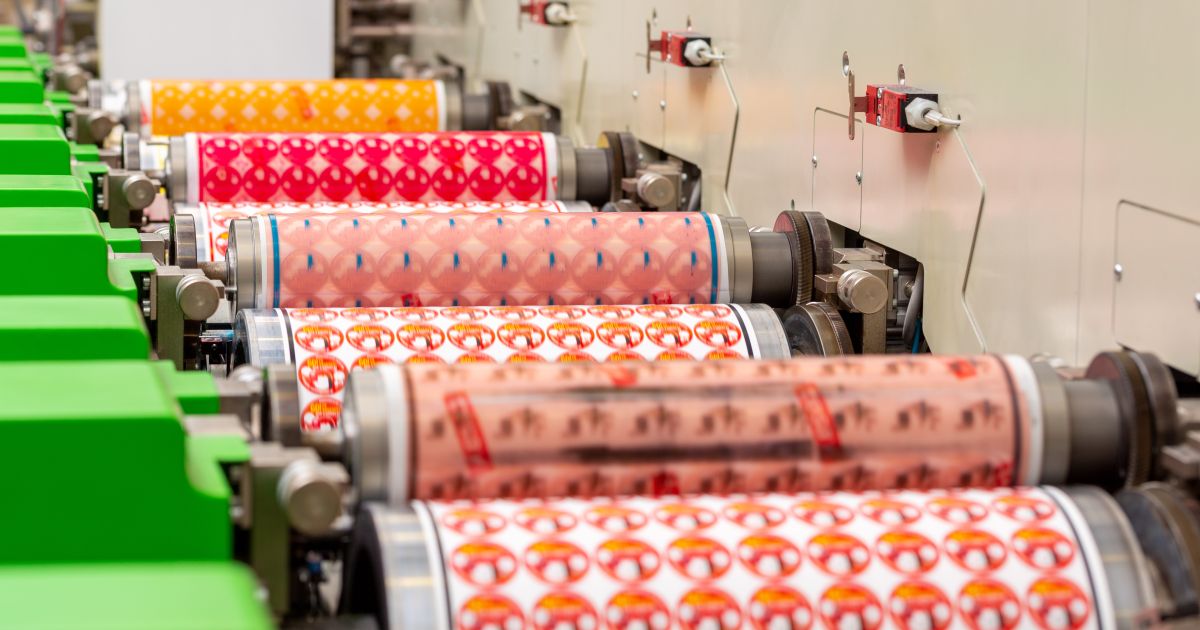In the world of flexo printing, efficiency and productivity are highly valued, and one of the key aspects of maintaining these factors is through an effective job changeover process. Job changeover in flexo printing refers to the transition process from one print job to another. It is crucial for printing businesses to master this process to minimize downtime and maximize output, thereby enabling them to meet client demands promptly and effectively.
As we delve into the intricacies of job changeover, it is essential to understand the steps involved and how implementing best practices can significantly reduce transition time and enhance overall productivity. This article aims to provide a comprehensive guide on mastering job changeover in flexo printing, ensuring that your printing operations are seamless and efficient.

Understanding Flexo Printing
Before diving into job changeover practices, it is essential to understand what flexo printing entails. Flexographic printing is a form of printing process that utilizes a flexible relief plate. It is widely used for packaging and labels due to its ability to print on a variety of substrates, including plastic, foil, acetate film, brown paper, and more.
Importance of Job Changeover
The efficiency of job changeover directly impacts the overall productivity of a flexo printing business. A streamlined changeover process means less downtime, which in turn contributes to higher production rates and better profitability. For more insights on boosting productivity, check out our Flexo Printing Market Trends 2025.
Steps in Job Changeover
1. Pre-Preparation
Preparation is key. Ensure that all necessary materials and tools are ready before starting the changeover. This includes having the next jobs plates, inks, substrates, and any other specific tools required. Proper planning can significantly reduce transition times.
2. Plate Change
Changing the printing plates is a crucial step in the job changeover process. It requires precision to ensure the new design aligns perfectly with the print requirements. The latest flexographic printing machines offer advanced features for quick and accurate plate changes.
3. Ink Management
Managing inks is another critical component. Emptying, cleaning, and refilling ink trays with the appropriate colors for the next job is essential. Efficient ink management ensures color consistency and reduces waste.
4. Substrate Handling
Different jobs require different substrates. Ensuring the substrate is correctly loaded and aligned can prevent misprints and material wastage.
Best Practices for Job Changeover
1. Standardization
Implementing standardized procedures for job changeover can help reduce errors and ensure consistency across different jobs. Standardization also aids in training new operators quickly and effectively.
2. Use of Technology
Leveraging technology, such as automated systems for plate and ink changes, can significantly speed up the changeover process. For example, incorporating AI in flexographic printing can streamline operations and reduce human error.
3. Regular Maintenance
Regular maintenance of machinery ensures that all equipment is in optimal working condition, reducing the risk of breakdowns during changeover. This practice leads to smoother transitions and fewer interruptions.
Challenges and Solutions
Despite best efforts, challenges such as misalignment, color inconsistency, and substrate issues may arise. Employing skilled operators and investing in quality control measures can help overcome these challenges.
Role of Skilled Operators
Skilled operators play a vital role in ensuring efficient job changeovers. Their expertise in handling equipment and troubleshooting issues can significantly reduce downtime.
Impact on Cost and Efficiency
Efficient job changeover processes not only improve productivity but also reduce operational costs by minimizing waste and machine downtime.
Future of Job Changeover in Flexo Printing
With advancements in technology, the future of job changeover in flexo printing looks promising. Emerging technologies are continually improving the speed and accuracy of changeovers, leading to even greater efficiencies in the printing process.
Conclusion
Mastering job changeover in flexo printing is crucial for maintaining high levels of productivity and efficiency. By understanding the steps involved and implementing best practices, printing businesses can reduce downtime, lower costs, and increase their competitive edge in the market. For more insights on flexographic printing, visit our guide on What is Flexographic Printing.

FAQs
What is flexo printing?
Flexo printing is a form of printing process that uses a flexible relief plate. It is commonly used for printing on various substrates, including packaging and labels.
How can job changeover impact production?
Efficient job changeover reduces downtime, increases production rates, and lowers operational costs, leading to higher profitability for printing businesses.
What role does technology play in job changeover?
Technology, such as automated systems and AI, enhances the speed and accuracy of job changeovers, minimizing human error and improving overall efficiency.






